Ground shipping is currently paused. Local deliveries throughout Long Island will continue as usual. Pre-orders for fall are now open. Non-local orders will begin shipping again in early September. Click here to learn more.
Ground shipping is currently paused. Local deliveries throughout Long Island will continue as usual. Pre-orders for fall are now open. Non-local orders will begin shipping again in early September. Click here to learn more.
| Size | |
|---|---|
| Common Name | |
| Type | |
| Family | |
| Native? | |
| Zone | 5, 5b, 6, 7, 8, 8b, 9 |
| Height Range (ft.) | 2.00 to 3.00 |
| Spread (ft.) | 2.00 to 3.00 |
| Bloom Time | |
| Bloom Description | bluish-purple flowers, dense clusters, Fragrant, Small |
| Sun | |
| Water | |
| Maintenance | |
| Suggested Use | |
| Tolerate | |
| Growth Rate | |
| Attracts |
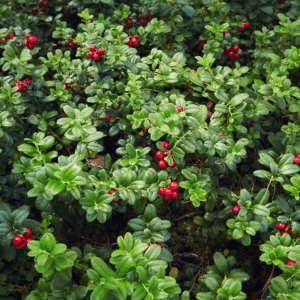
Celtis occidentalis, or Common Hackberry, is a hardy native shade tree with corky bark, wildlife-friendly fruit, and broad adaptability to urban and poor soils.
$35.99
Please note: Sizes 1.5 Gallon and up can’t be shipped outside the counties of Nassau, Suffolk, and Queens.
Learn more about how the process works and how our plants are delivered.
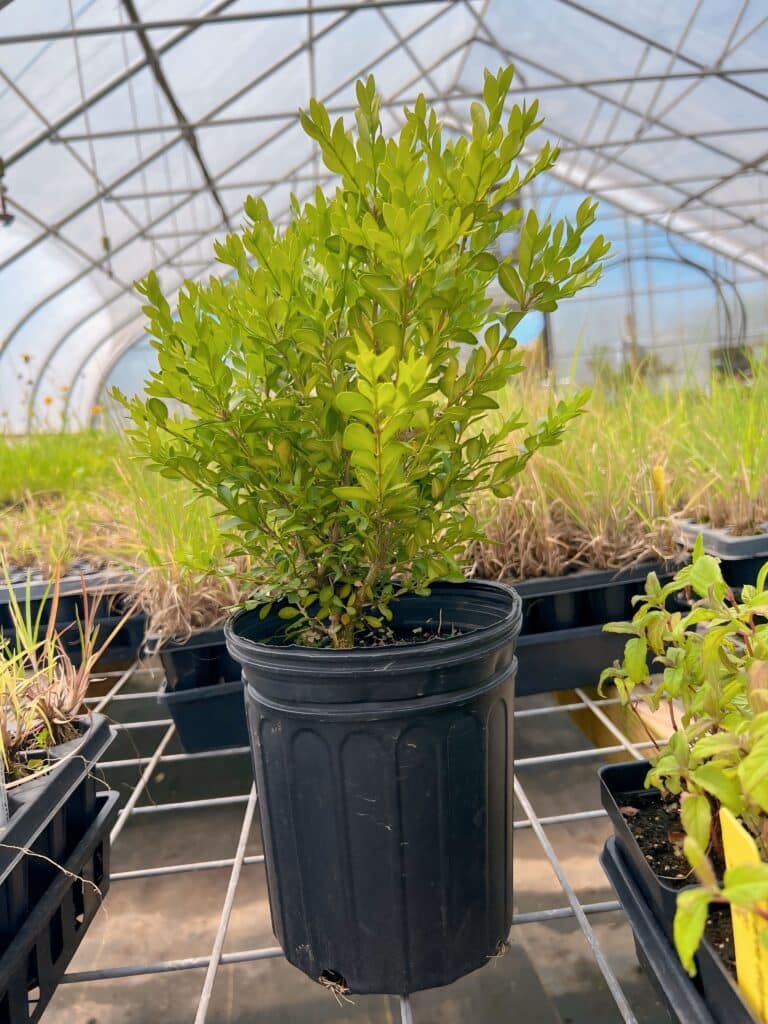

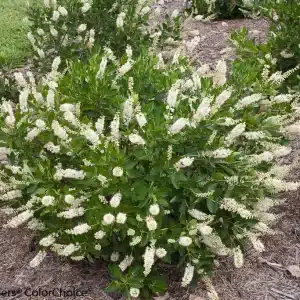
Ground shipping is paused due to summer heat. Only local delivery (Long Island & Queens) is available. Orders placed during the pause will begin processing September 1, and ground shipping will resume September 15.
| Size | |
|---|---|
| Common Name | |
| Type | |
| Family | |
| Native? | |
| Zone | 5, 5b, 6, 7, 8, 8b, 9 |
| Height Range (ft.) | 2.00 to 3.00 |
| Spread (ft.) | 2.00 to 3.00 |
| Bloom Time | |
| Bloom Description | bluish-purple flowers, dense clusters, Fragrant, Small |
| Sun | |
| Water | |
| Maintenance | |
| Suggested Use | |
| Tolerate | |
| Growth Rate | |
| Attracts |
Celtis occidentalis, commonly known as Common Hackberry, is a rugged native shade tree valued for its adaptability, wildlife benefits, and tolerance of urban and tough site conditions. Reaching 40 to 60 feet tall with a broad, arching canopy, Hackberry features rough, corky bark, serrated leaves, and small reddish-purple fruits in late summer that attract birds and other wildlife. It thrives in a wide range of soils, including heavy clay, dry sites, and areas with urban stress, making it an excellent choice for restoration, large landscapes, and habitat-focused plantings.
Tough and adaptable: Thrives in urban, dry, or clay-heavy soils
Wildlife-friendly: Fruits feed birds; leaves support native butterfly larvae
Shade provider: Grows into a large, arching tree ideal for cooling open spaces
Sun exposure: Prefers full sun
Soil needs: Extremely adaptable—tolerates dry, wet, and poor soils
Maintenance: Minimal; prune to shape when young if needed
Shade tree: Excellent for large yards, parks, and public landscapes
Habitat restoration: Ideal for naturalizing disturbed or urban areas
Biodiverse plantings: Attracts a wide range of wildlife and beneficial insects
Larval host plant: Supports Mourning Cloak, Hackberry Emperor, and other butterflies
Bird support: Fruit attracts songbirds and other wildlife
Native species: Enhances biodiversity and strengthens regional ecosystems
/5
Total reviews
|
|
Persons recommended this product
Anonymous
Shopper
check_circle Verified
Shop owner replied
Was this helpful
Anonymous
Shopper
check_circle Verified
Shop owner replied
Was this helpful
There are no reviews yet.
Be the first to review “ ”
Your feedback helps us improve our service.
Please log in to submit a review.
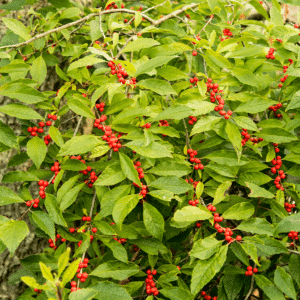
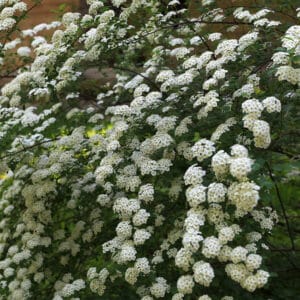
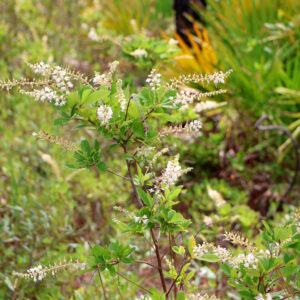
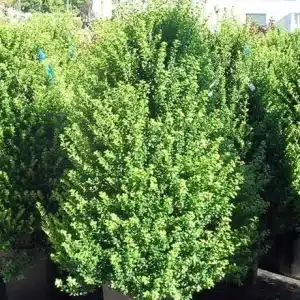
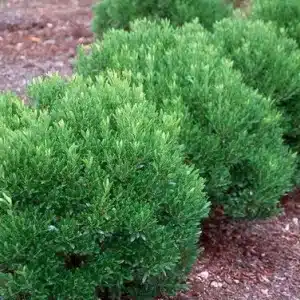

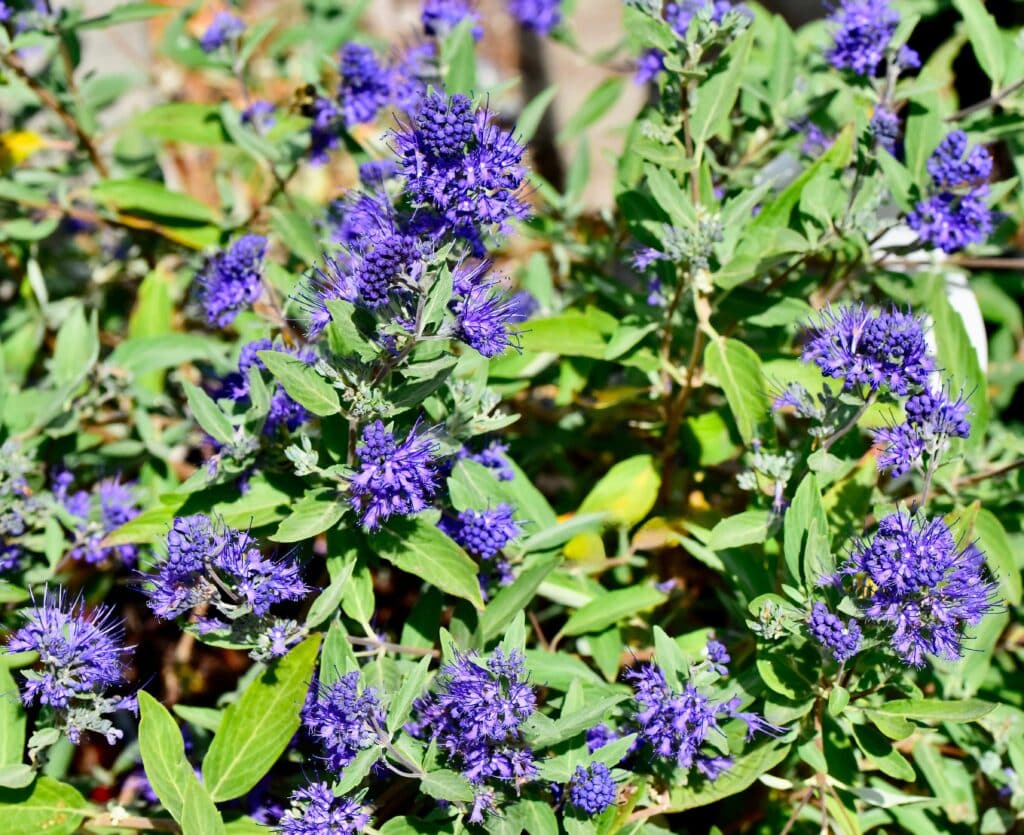
No. Caryopteris × clandonensis is a hybrid of Asian origin, combining species native to China and Central Asia. While ‘Longwood Blue’ is a cultivated variety developed in the U.S., the plant itself is non-native and does not offer the same ecological benefits as native flowering shrubs.
‘Longwood Blue’ is known for its abundant lavender-blue flowers, silvery-green aromatic foliage, and upright, compact growth habit. It tends to bloom more profusely and reliably than many other cultivars, making it a popular choice for late-season color in sunny gardens.
This variety typically grows 2 to 3 feet tall and wide, forming a rounded, bushy shape. It’s ideal for borders, pollinator gardens, and low-maintenance perennial beds.
Bluebeard prefers full sun and well-drained soil. It is drought-tolerant once established and thrives in USDA zones 5 through 9. Prune it back in early spring, as it blooms on new wood and responds well to rejuvenation pruning.
Yes. Although non-native, Bluebeard is highly attractive to bees, butterflies, and other pollinators thanks to its late-summer to fall blooms. However, it does not support native insect larvae or birds in the same way native shrubs do.
Our gift cards make it easy to share the beauty of plants, flowers, and all things green. Whether for a special occasion or just because, give the gift of choice and let them select their favorites to create a garden they’ll cherish.
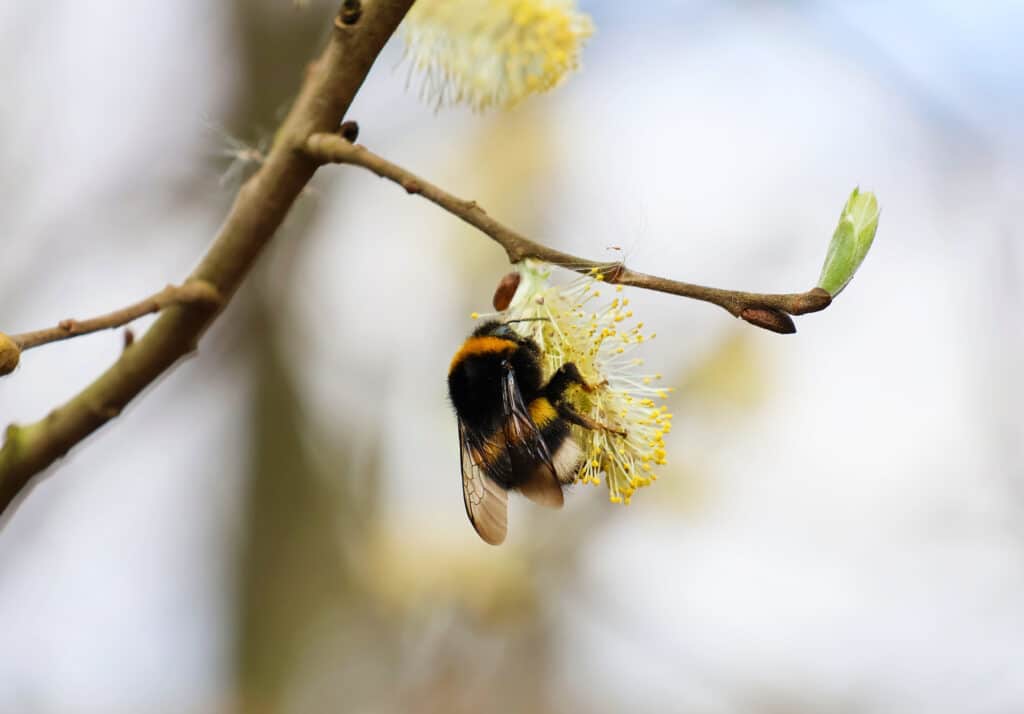
Only Local Delivery Available (Long Island & Queens)
Ground Shipping Paused
To protect our plants from extreme summer heat, we’ve paused nationwide ground shipping to avoid any damage during transit.
Local Delivery Only
We’re still delivering locally to Long Island and Queens, so nearby customers will continue to receive orders as usual.
Fall Pre-Orders Are Open Nationwide!
We will resume normal shipping for non-local orders placed during the pause in early September.
Thank you for your support and understanding—we’re looking forward to growing with you this fall!